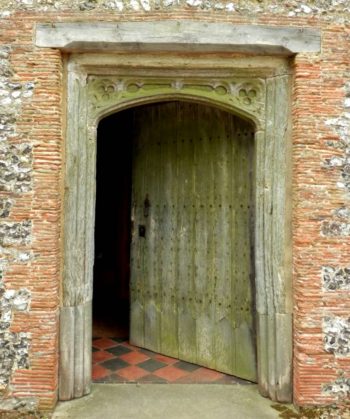My previous article established that whilst the Lady Chapel of Penn Church was in active use during the Middle Ages, it was not licensed separately from the church itself. Thus, there would not have been a chaplain appointed specifically for the Lady Chapel.
However, there are several references to chaplains living in the parish in the Middle Ages. WaIter de Upton Waryn and then Thomas Freelond appear in the records between 1302 and 1337, and John Tagge was a party to a legal document involving the de la Pennes, in 1339. lt is likely that they were, all private chaplains to the de la Penne family, since a license for an oratory or private chapel was granted, in 1342, to John and Agatha de la Penne at their house in Penn.
The most dramatic reference to a medieval chaplain appears in the latest volume (29) of the Bucks Record Society concerning legal cases in the late 14th century, admirably researched and edited by Lesley Boatright, herself a descendent of Robert Rudrope, Vicar of Penn from 1596 to 1607. (Her favourite case was of a man who tried to throw a dog into the river Ouse, fell off the bridge and was drowned himself)
Having recently written a detailed history of Penn Wood, l was especially interested to read Lesley’s account of a chaplain called Wiliam Pullegos, described as ‘habitual robber’, who killed and robbed a man in Penn Wood on Ist September 1382. A party of local people went after him, but he refused to surrender and was killed after a fight in Penn Wood.
© Miles Green, August 1998

